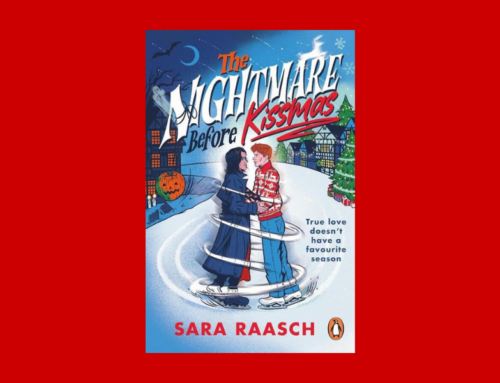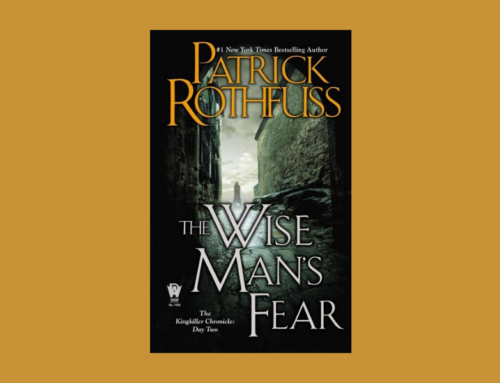A personal history of WWII: Hiding in Plain Sight
By Molly Quell
The blurb for Pieter van Os’ Hiding in Plain Sight (Liever dier dan mens in Dutch) describes the book as ‘An extraordinary story about a Jewish woman who pretended to be Catholic to survive the Holocaust’, but the book is about far more: how a journalist investigates the personal story of one survivor, the fallibility of memory and the historical context leading up to the atrocities of World War II.
Author Pieter van Os, who has written for the De Groene Amsterdammer and NRC Handelsblad, discovered the story of Mala Rivka Kizel via her grandson, who was a childhood friend. The story of a Polish Jewish girl surviving by convincing those around her, including the German authorities, that she was a Catholic Pole with a German mother made for an enticing research subject.
Bookstore shelves sag under the weight of memoirs, historical novels and fictional accounts of those who miraculously lived through the Holocaust. The number of books about the Second World War is seemingly infinite. But Hiding in Plain Sight takes a different approach.
Rather than simply relying upon Kizel’s tale – in fact, she published her own memoir, This Is How I Survived the War (Zo heb ik de oorlog overleefd in Dutch) – he sets out to fact-check her version of the story. Van Os isn’t intending to prove her story false, but rather provide a deeply researched context for her experiences.
Van Os began working on the book while living in Warsaw, Kizel’s hometown. He travels through (what is now) Poland, German, Ukraine and the Czech Republic to speak to other survivors, dig through historical records and see firsthand the places she speaks about. His research leads him from pig farms to CIA records.
The footnotes, if Van Os had chosen to use them, would be extensive. In their place, he includes a section at the end of each chapter called ‘Instead of footnotes’, in which he describes the sources in a much more readable format.
The book also depicts Van Os’ own struggle with his primary source, Kizel. All memory is fallible, and although she just lived to see the book published before dying at the age of 96 in Amstelveen, her own memory was already fading when he began his research.
Some of her tale is impossible to verify: too much time has passed and the chaos of war has left records scattered. While much of Kizel’s recollection is accurate, there are times when her version of events is contradicted by official records or even basic geography. How Van Os grapples with the discrepancies between the memory of a nonagenarian Holocaust survivor and the historical record is one of the book’s most interesting aspects.
Hiding in Plain Sight is dense with history—of Kizel’s Jewish community, of her home country Poland and of the German occupation. Van Os took home both the Libris Geschiedenis Prijs, given to the best Dutch-language historical book, and the Brusseprijs, given to the best Dutch-language journalistic book, when Hiding in Plain Sight was published in 2020.
More digestible history book than narrative tale, Hiding in Plain Sight brings a different take to the well-worn genre of WW2 literature.
(Translated by David Doherty, the English-language version was released in 2022. You can buy it here. This article first appeared in Dutchnews.nl)




